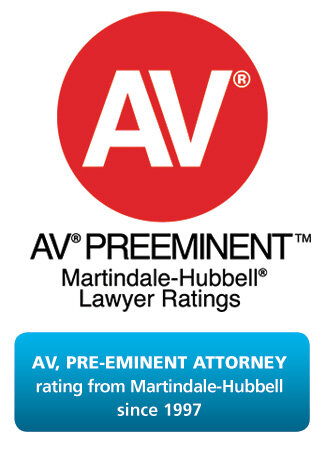Frida, Inc.
business succession of substantial social enterprise using a worker co-opFrida Inc. is a real client for whom Atty. Olson is working, for which the company name may not yet be revealed. This company is owned by two partners, now in their 60’s, who have built up a very successful business over 30 years. They have several hundred employees. They run a highly participative workplace and the company is well known for its high standards for quality, customer service, and community involvement and charitable support. Over the years the owners have helped many of their employees create businesses that collaborate, but are not franchises, because they provide different products and services that are used by all the businesses.These businesses have had a highly organized consensual joint decision-making structure which is not a legal entity. Now that the partners are considering retirement, they are seeking a way to provide broad ownership for all of their employees who are willing to make a small investment, but need to include other investors in order to get their money out of the business.Like many other successful social entrepreneurs, these partners want to:
- get their investment out of the businesses, at least for their estates
- ensure that the businesses continue to operate in their hometown
- maintain their financial success, quality, customer and worker friendly atmosphere
- enable all interested workers to buy into the company, and
- maintain the company’s role as a model corporate citizen.
Having carefully reviewed the options, they have determined that an ESOP is not for them and a worker co-op to own a portion of the business is the way to go forward for these reasons:
- They want the employees to have “skin in the game” by making a modest investment (which can be done by payroll deduction). But they do not want to give away ownership simply as an employee benefit to everyone. Under state securities laws, there is a simple exemption for such investments in a co-op, and no such exemption for hundreds of “unsophisticated investor” employees to make such investments without prohibitive securities costs.
- They want the company to stay true to its local origins and social values. A key difference between ownership by an ESOP and co-op ownership is the ultimate ability to keep the company independent. In an ESOP the workers are beneficiaries of an ERISA pension plan (covered by federal tax and pension law) that is controlled by a trustee (who may be appointed or elected). The Trustee’s duty is to the beneficiaries as retirees, who may be legally forced to sell the business if s/he gets a good enough offer or face expensive litigation for breach of fiduciary duty. Co-op members are actual equity owners of their co-op interests. They have the final decision on any possible sale which usually requires a supermajority vote.
- They want one vote per person and allocations based on work, rather than investment. This can be accomplished in either a co-op or ESOP.
- They want responsibility for carrying on the business and social values of the business to be controlled by current employees who been have and will be trained in their participative system. This can be done to some extent by an ESOP, although a co-op is a stronger mechanism. A co-op, which is intended to operate for the mutual benefit of its members, can have requirements that the business remain in its hometown and serve social purposes. However, any worker control mechanism that involves voting of stock must be done through the trustee, who is subject to ERISA fiduciary obligations. These obligations are focused on the needs of the employees as retirees, and not in their role as employee owners.
- They also want non-voting equity investors whose stock will appreciate in value. This is being accomplished by the co-op being a member of an LLC, where the preferred non-voting stock can appreciate in value. However, all the voting stock is owned by the co-op.



